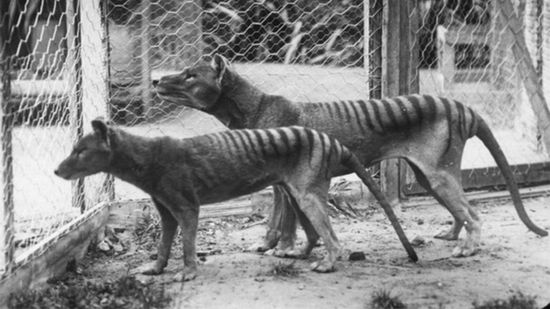Extinct Animals
Extinct animals are those species which are no longer living. This group includes prehistoric animals like dinosaurs and ice-age mammals, as well as moden species like the Dodo.

12 Scariest Dinosaurs You'd Want to Avoid While Time Traveling
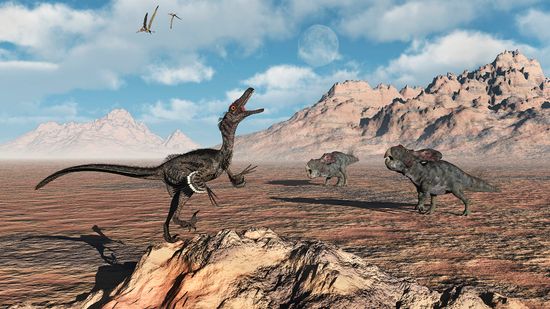
The Smartest Dinosaur (and 9 More Clever Prehistoric Reptiles)
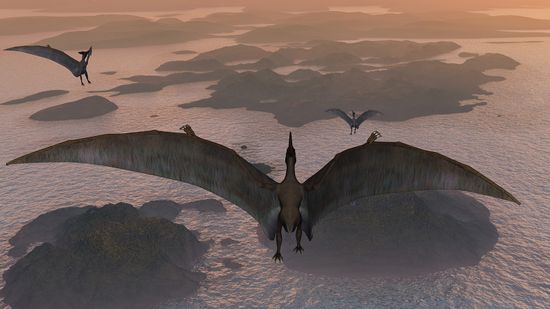
Pteranodon vs. Pterodactyl: Comparing Non-dinosaur Species

Are Snakes With Legs a Real Thing?
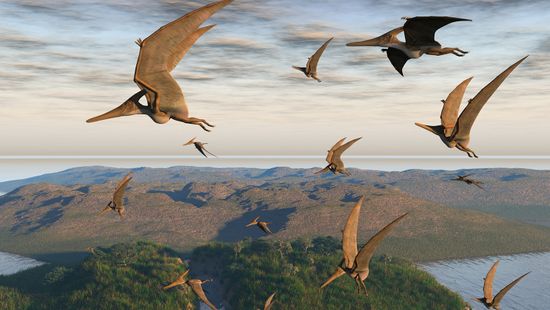
There Were No Flying Dinosaurs, Only Flying Reptiles
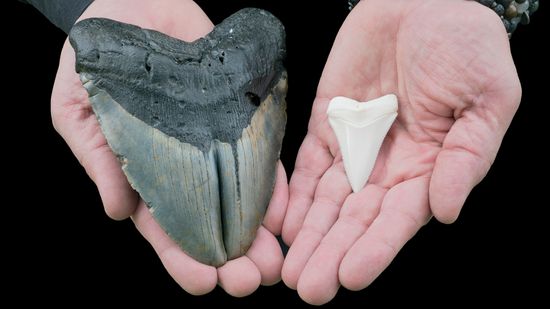
All About the Megalodon, Shark Giant of Prehistoric Times
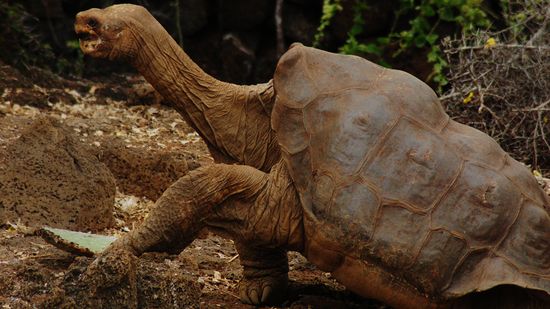
The Most Recent Extinct Animal Was Last Seen in 1995
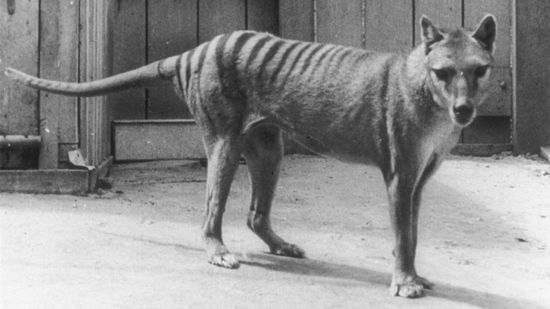
Real Life 'Jurassic Park'? Scientists Work to Bring Back Extinct Thylacine
